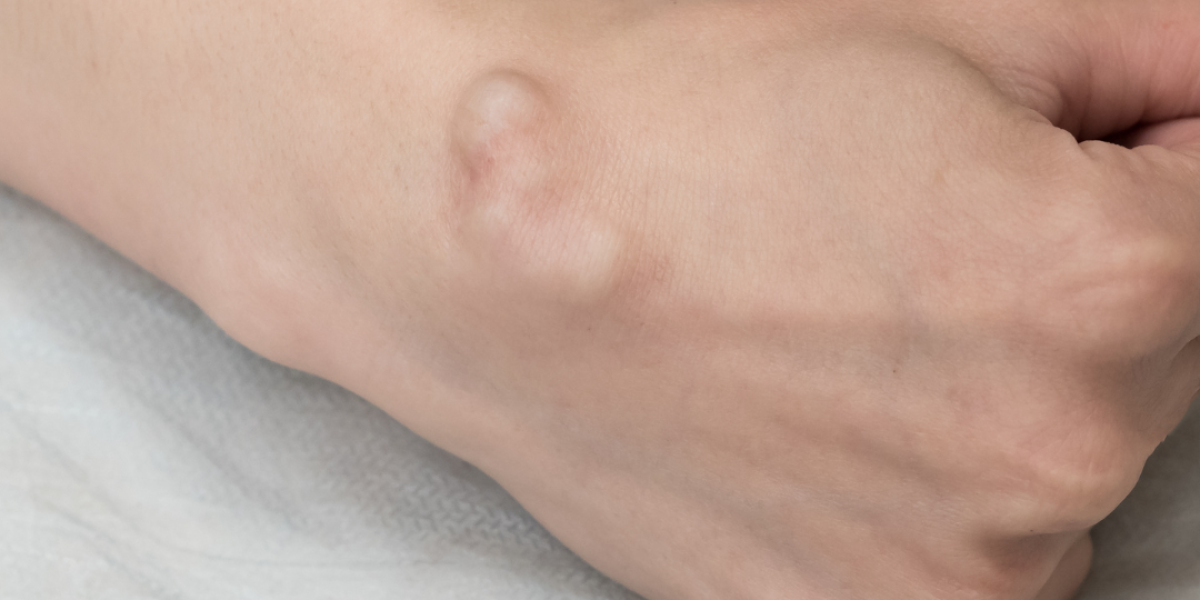Cyst removal is a common medical procedure aimed at treating cysts—fluid-filled sacs that can develop in various parts of the body. While many cysts are benign and cause no symptoms, some can become problematic or painful, necessitating surgical removal. This guide provides an overview of cysts, the different methods for their removal, and what to expect during and after the procedure.
What is a Cyst?
-
Description:
- A cyst is a closed sac or capsule filled with fluid, semi-fluid, or solid material. Cysts can develop in almost any part of the body and vary in size from tiny to large masses.
-
Types of Cysts:
- Epidermoid Cysts: Often found on the skin, these cysts develop from the epidermis and contain a thick, cheesy substance.
- Sebaceous Cysts: Formed from sebaceous glands, these are commonly found on the face, neck, and scalp and are filled with oily substance.
- Dermoid Cysts: Contain various tissues such as hair, skin, or teeth and typically occur in the ovaries or other parts of the body.
- Ovarian Cysts: Fluid-filled sacs on the ovaries that can cause abdominal pain and discomfort.
- Pilonidal Cysts: Found near the tailbone, these cysts may become infected and painful.
- Ganglion Cysts: Typically occur around the joints or tendons, particularly in the wrist or hand.
-
Causes:
- Blockage: Blockage of ducts or glands can lead to cyst formation.
- Infection: Infections can cause cysts to form as the body attempts to isolate and heal the infection.
- Genetic Factors: Some cysts are hereditary or associated with genetic conditions.
- Trauma: Physical injury to a gland or duct can lead to cyst development.
Cyst Removal Procedures
-
Surgical Excision:
- Description: A surgical procedure where the cyst and its surrounding tissue are removed through an incision.
- Procedure:
- Preparation: Local anesthesia is administered to numb the area.
- Incision: An incision is made over the cyst to remove it and any associated tissue.
- Closure: The incision is closed with sutures, and a sterile dressing is applied.
- Benefits: Provides a definitive solution by removing the entire cyst and reducing the risk of recurrence.
- Risks: Includes scarring, infection, and potential for recurrence if the cyst wall is not completely removed.
-
Needle Aspiration:
- Description: A minimally invasive procedure where a needle is used to drain the fluid from the cyst.
- Procedure:
- Preparation: Local anesthesia may be applied to numb the area.
- Aspiration: A needle is inserted into the cyst to withdraw the fluid. In some cases, a syringe may be used.
- Follow-Up: The cyst may be monitored for recurrence, and additional treatments may be required.
- Benefits: Less invasive with minimal scarring and quicker recovery.
- Risks: Possible recurrence of the cyst, infection, and incomplete drainage.
-
Laser Treatment:
- Description: Utilizes laser technology to remove or destroy the cyst tissue.
- Procedure:
- Preparation: Local anesthesia is applied to the treatment area.
- Laser Application: A laser is used to target and remove the cyst tissue.
- Aftercare: Minimal recovery time with the application of a protective dressing.
- Benefits: Precision treatment with minimal scarring and reduced risk of infection.
- Risks: Potential for skin irritation, pigmentation changes, and incomplete removal.
What to Expect During and After Cyst Removal
-
Consultation:
- Assessment: A thorough consultation with a healthcare provider is essential to evaluate the cyst and determine the most appropriate removal method.
-
Preparation:
- Pre-Procedure Care: Follow any pre-procedure instructions, such as avoiding certain medications or fasting before the procedure if necessary.
-
Procedure:
- Anesthesia: The procedure may be performed under local anesthesia for minor cysts or general anesthesia for larger or more complex cysts.
- Removal Process: The chosen method is carried out, with care taken to minimize discomfort and ensure effective removal.
-
Post-Procedure Care:
- Aftercare Instructions: Follow care instructions provided by your healthcare provider, which may include keeping the area clean, changing dressings, and taking prescribed medications.
- Recovery: Recovery time varies depending on the procedure. Minor procedures like needle aspiration may require minimal downtime, while surgical excision may involve a longer recovery period.
-
Results:
- Onset: Results are usually visible immediately after the procedure, with further improvement as healing progresses.
- Longevity: Cyst removal typically provides long-term relief, though some cysts may recur if not completely excised.
Choosing the Right Treatment
-
Consult a Specialist:
- Expert Guidance: Choose a qualified healthcare provider, such as a dermatologist or surgeon, with experience in cyst removal to ensure the best outcome.
-
Consider Your Goals:
- Treatment Objectives: Discuss your goals and concerns to select the most appropriate removal technique based on the cyst’s size, location, and characteristics.
-
Evaluate Risks and Benefits:
- Informed Decision: Weigh the potential benefits, risks, and recovery times of each treatment option to make an informed decision.
Conclusion
Cyst removal is a common procedure aimed at addressing problematic cysts that may cause discomfort or cosmetic concerns. By understanding the different removal techniques, the procedure itself, and what to expect during recovery, you can make informed decisions about your treatment. Consulting with a qualified healthcare provider will ensure personalized care and optimal results, helping to alleviate symptoms and improve your overall quality of life.
